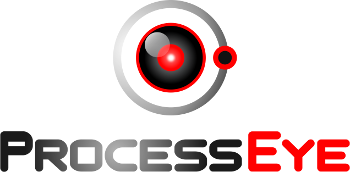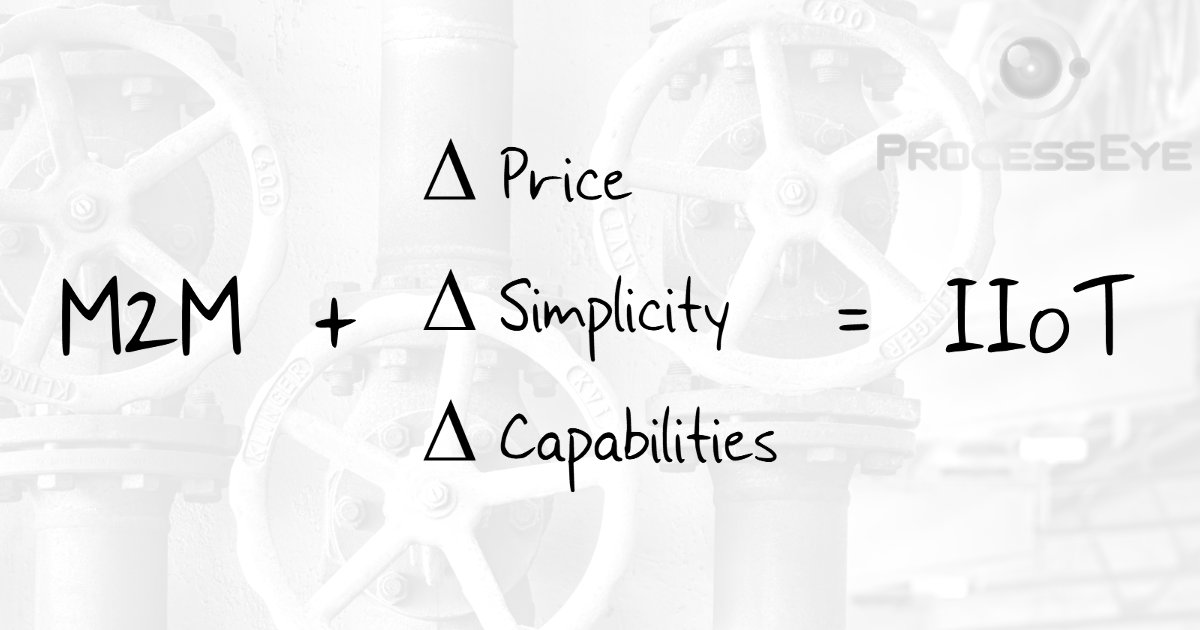Some might read the title and wonder “What is M2M or IIoT?” Others may answer the question with the question “Who cares?” We’d encourage you to take a couple minutes to understand, as it will most likely have a marked impact on your daily business life over the next couple years. Over the past year or two there has been a lot of hype about the “Internet of Things.” Internet of Things is commonly shortened to IoT, and in the industrial applications it becomes “IIoT.” There is talk about how IoT and IIoT will “revolutionize” the world. Terms like sensors, connectivity and remote monitoring are thrown around to describe IIoT and how “innovative” these new “smart” devices are. However, if you are someone that works in industry you might scratch your head wondering what the difference is between M2M and IIoT and say to yourself “Haven’t we been doing this for quite a few years?” The simple answer is yes.
“Our guess is Grandma is probably playing Candy Crush right now.”
Companies have developed systems to be able to get data from their, or their customers’, systems remotely. Because of that, IIoT looks a lot like Machine-to-Machine (M2M) or VPN platforms for many people. Since industry has been doing M2M far before the term “IIoT” was conceived, some might have the question “Why all the hype about IoT?” Well there are arguably two answers to that question. The first is that the consumer world started to be exposed to things like Nest, Fitbit and the idea of marrying sensors with the internet. Most individuals never experienced being able to “see” or “monitor” something remotely before and that opened the door for what other types of “things” could be connected to the internet. Before you know it we have coffee makers, door bells and dog dishes that we can view from our phone.
“How has the change in cost for your M2M system compared to that of a new computer?”
That leads us to the second reason for the IIoT hype…there is validity to the claim of its capabilities to transform industries. “But you just said that industry has been doing this for years?!” Well, up until now we’ve generalized what legacy M2M and new IIoT have in common. However, with the advancements in technology and software, the differences are becoming significant and they will continue to diverge in the future. There are 3 primary differences between legacy M2M solutions and newer IIoT types of solutions that users should be aware of. While each difference alone is significant, the combination of the 3 are game-changing.
-
PRICE:
Legacy M2M systems tend to require expensive components based on older technology. Rapid advancements in sensors, circuitry, computers and software enable new IoT platforms to be a fraction of the cost. Take a moment to ponder the question “How has the change in cost of your M2M system compared to that of a new computer?” There will most likely be a significant difference in the trendline of costs. The total cost of ownership for M2M systems might have actually gone up for some organizations. Contrast that with computers that have significantly greater capability at the fraction of the cost.
-
SIMPLICITY:
Most legacy M2M systems require highly skilled individuals to install, setup, monitor and maintain the systems. Advancements in technology and user-interfaces have enabled higher technology adoption and easier maintenance. A simple illustration of this evolution would be to answer “Could your grandma install and setup your M2M system? How about playing a game on her iPad?” Our guess is Grandma is probably playing Candy Crush right now. The idea of Grandma playing a video game 5 years ago was unfathomable. Now she feels comfortable due to the continued evolution in technology. At ProcessEye we are leveraging that simplicity to make it simple enough for any user to install, configure and monitor a wide variety of systems.
-
CAPABILITIES:
Many companies are involved with proprietary M2M systems capable of “seeing” a system remotely. But usually this is where the capability ends. At the crux of it, the fundamental foundation of an IIoT solution is significantly different than older M2M systems. It’s this new foundation that enables a long-term, scalable solution that will still be relevant in the future. It enables IIoT to be flexible on how data comes “in” and “out” of the system. In addition, the ProcessEye ecosystem leverages extreme computational capabilities not normally encountered in a business’s backroom server. Some might wonder “What are computational capabilities?” Rather than use marketing jargon, here is a simple illustration. Have you ever received a call from your credit card provider asking about suspicious charges? The phone calls are based on predictive indicators enabled by “computational capabilities.” Those phone calls didn’t take place 5 years ago.
You might be wondering “If IIoT is so transformative, why aren’t more doing it?” The fact is they are. Most large organizations are working on it and spending massive amounts of time money on IIoT. IIoT is hard and expensive, but true industry leaders see IIoT as an opportunity and threat. They see IIoT as the way to grow and stay relevant in a rapidly changing world. At ProcessEye we are proud of being able to provide a robust, cutting-edge IIoT solution. One that’s accessible to the masses, priced for the budget constrained and simple enough for Grandma to work with.
Up until now most small companies haven’t had access to a solution. We feel ProcessEye addresses 80% of the problem. In an upcoming article we will be talking about the last 20% of the problem. The last 20% being the business aspects. In our opinion the last 20% actually provide an advantage to the smaller companies. They will be the ones able to more quickly extract the value of IIoT. They will be the ones able to drive down operational costs, grow their businesses and leverage the value of their most important assets…their people.






